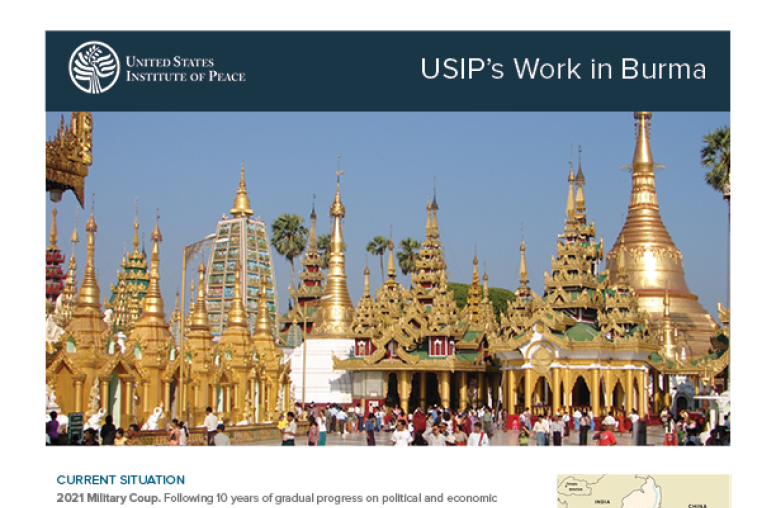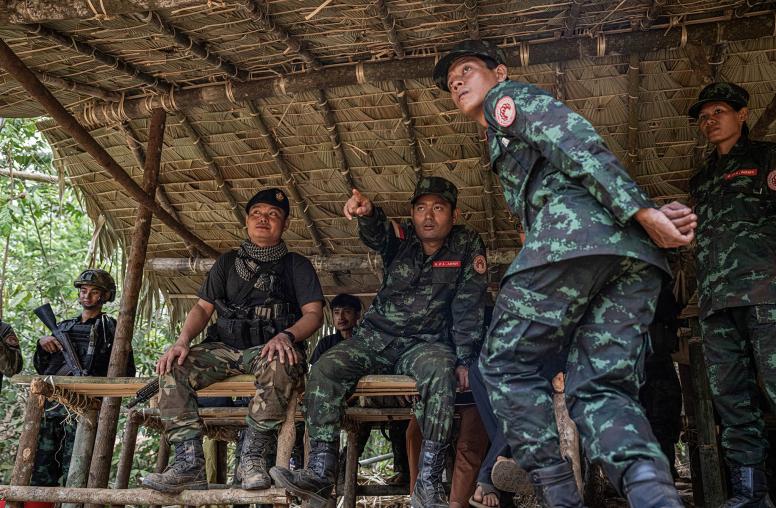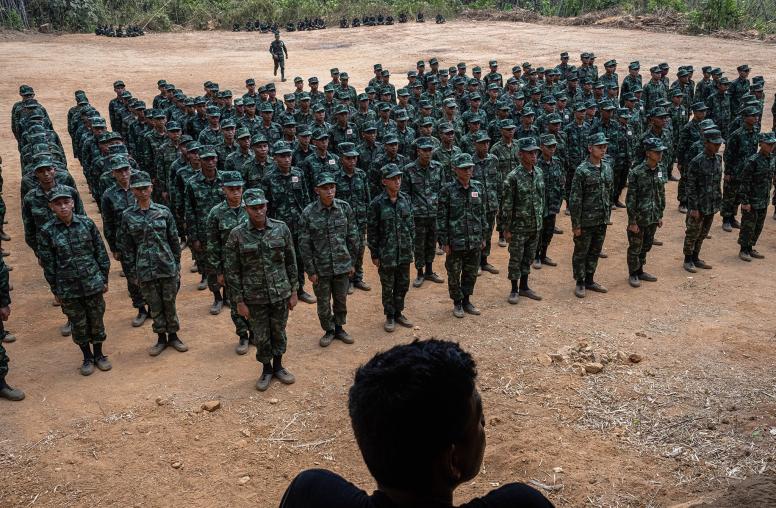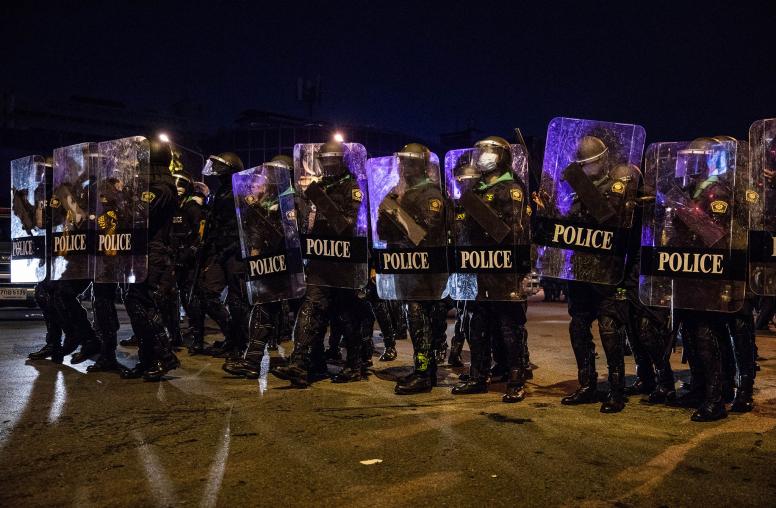The second round of Burma’s high-level political dialogue, part of an ongoing peace process that seeks to resolve one of the world’s longest running civil conflicts, produced some movement by the time it wrapped this week, even as leaders on all sides struggle with some of the most contentious questions.

The dialogue resumed last week for its second round, drawing more than 1,000 participants to the capital, Naypyidaw. The dialogue, the 21st Century Panglong Union Peace Conference, seeks to evoke the historic 1947 Panglong conference and is mandated by the Nationwide Ceasefire Agreement (NCA) signed in October 2015. It is expected to continue for several years, culminating in an accord that describes and cements a new federal structure of the state that will be adopted as constitutional reforms. At least, that’s the hope.
Last week’s dialogue began with a surprise: some of the most powerful ethnic armed groups—including many that are engaged in heavy fighting with the government—attended the opening of the meeting. This was the result of last-minute lobbying by China, as well as compromise on both sides. The Myanmar Army had never been willing to invite three of the groups to this forum, regarding them as newcomers and belligerents. On the other side, the powerful United Wa State Army and its allies have thus far rejected the process’ link to the NCA, saying that they have an existing ceasefire and that a new path to peace is needed.
Unfortunately, only those eight armed groups that had signed the NCA were able to participate fully, while the others, “special guests,” were allowed to submit papers but not to speak. Ultimately, they did not officially submit papers to the dialogue either. In addition, the role of women and civil society organizations remained limited at this meeting. And finally, the United Nationalities Federal Council (UNFC) – a key alliance of ethnic armed groups– refused to attend at all.
Dialogue participants reviewed 41 points in five sectors (political, economic, social, natural resources and security) that had emerged from six lower-level dialogues held over the past five months in different locations around the country. However, the points that were brought to the table were only those agreed by a joint committee beforehand; other points raised at the lower-level dialogues were left out. In addition, several of the ethnic groups felt that there had been insufficient opportunity to have pre-Panglong dialogue meetings to bring their concerns to the table.
The security sector working committee hit a deadlock on the second day of the conference on the issue of a “single military unit in the state.” Questions of the future size, role and composition of the military, and the eventual fate of the ethnic armed groups still seem too difficult to tackle. Some of the more difficult points in the political sector, including language on “non-secession” from the state of Burma, equality and state constitutions also were left out.
The dialogue resulted in some trust-building, given the attendance of groups that rarely speak with the government. Government and NCA signatories signed a 37-point accord that covers four of the five sectors. Pessimistically, the document might be seen as a lowest-common-denominator agreement that doesn’t bode well for future frank dialogue with long-term policy impacts; optimists are more likely to see it as a good start for future discussions.



